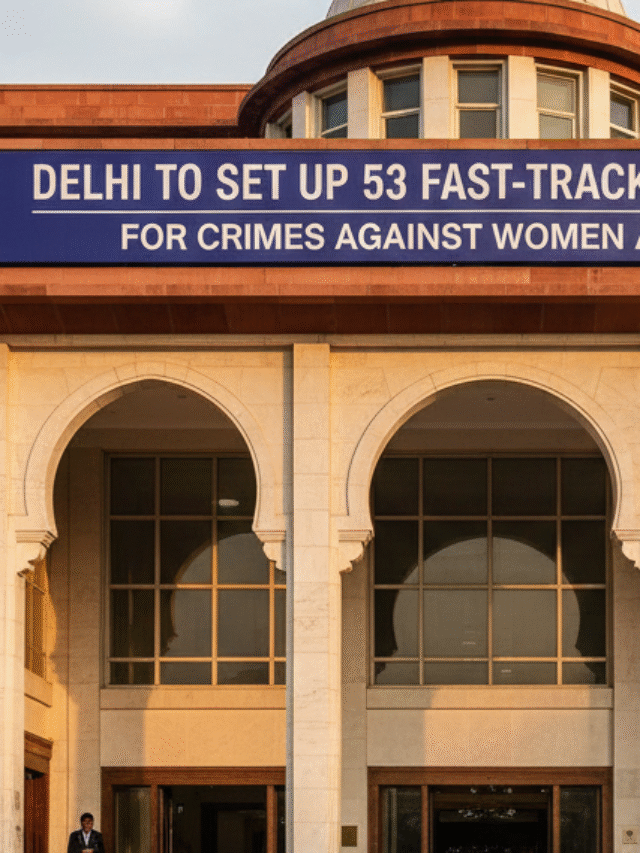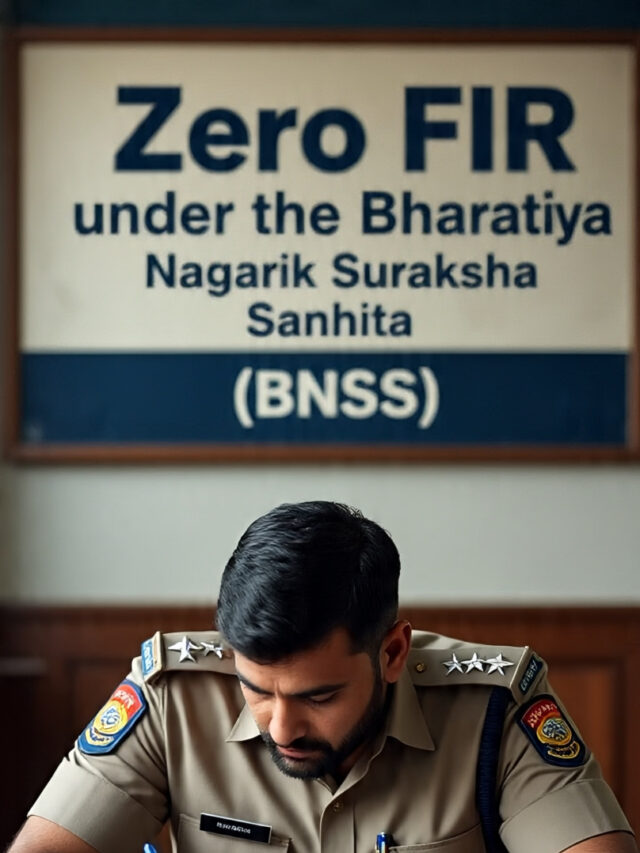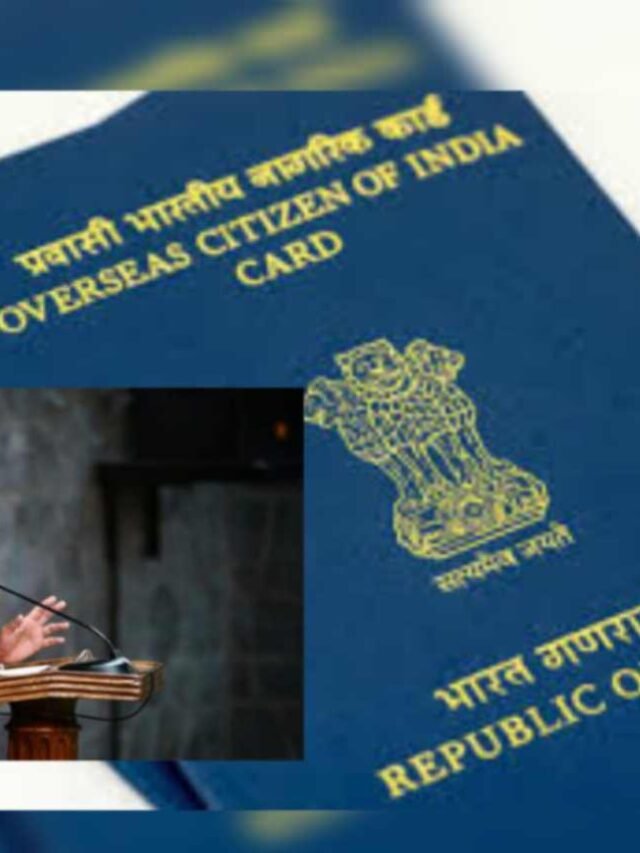Kerala High Court Unveils Revolutionary E-Filing System for Prisoners: Transforming Access to Justice
Kerala becomes the first Indian state to enable e-filing for prisoners in all 57 jails, streamlining access to the legal system and modernizing prison justice. Discover how this initiative transforms inmate rights and the judiciary.
Introduction:
In a groundbreaking move toward legal modernization and prisoner rights, the Kerala High Court has launched a comprehensive e-filing system for inmates across all 57 prisons in the state. This reform—effective from July 1, 2025—marks a significant step in bridging the digital divide in India’s justice system. It enables prisoners to file petitions, appeals, and legal documents electronically, reducing dependency on manual processes and delays in justice delivery.
Why It Matters: A Legal Milestone in India
Traditionally, prisoners in India face severe limitations in accessing courts due to logistical, financial, and systemic barriers. From dependence on prison staff or legal aid centers to slow paper-based filings, the process is often riddled with delays. By introducing a direct e-filing mechanism, Kerala not only enhances transparency and efficiency but also reinforces a prisoner’s fundamental right to legal remedy.
This initiative makes Kerala the first Indian state to implement such a system state-wide, setting a precedent for other jurisdictions to follow.
How the System Works
The e-filing mechanism is designed to be inmate-friendly and legally compliant, facilitated by the collaboration between:
- Kerala State Legal Services Authority (KeLSA)
- IT Cell of the Kerala High Court
- Prison Department of Kerala
Key Features:
- Dedicated Computer Terminals:
Each prison has designated terminals installed within the prison office or legal aid cell, specifically for filing legal documents. - Trained Prison Officials:
Selected jail staff have undergone training to assist inmates with the submission of documents, ensuring compliance with court norms. - Secure Digital Submission:
Files submitted by inmates are securely transferred to the High Court’s e-filing portal via a government-controlled network. - Standard Operating Procedures (SOPs):
SOPs have been published to ensure clarity and uniformity in how e-filings are handled, reducing the chances of rejection or miscommunication.
Legal and Human Rights Impact
This reform is not just administrative—it has strong constitutional and human rights implications. Article 39A of the Indian Constitution mandates free legal aid, and Article 21 ensures the right to life and personal liberty, which includes access to justice.
By allowing prisoners to directly petition the High Court—even without a lawyer—Kerala is upholding:
- Right to be heard
- Right to speedy justice
- Right to participate in legal processes
This is especially significant for undertrial prisoners, many of whom spend years in jail due to delayed hearings or lack of legal representation.
Benefits at a Glance
| Benefit | Impact |
|---|---|
| Faster Access to Courts | Reduces delay in filing petitions |
| Transparent Tracking | Digital logs maintain transparency |
| Empowerment | Inmates take ownership of legal action |
| Cost-effective | Cuts down administrative/legal costs |
| Model for India | Promotes adoption in other states |
Challenges Ahead
While this reform is visionary, it is not without hurdles:
- Digital Literacy: Not all inmates or staff may be comfortable using technology.
- Technical Glitches: Ensuring reliable infrastructure in all prisons is critical.
- Awareness: Prisoners must be properly informed of their new rights and tools.
- Monitoring: Safeguards must be in place to prevent misuse or manipulation.
However, with adequate training, investment in infrastructure, and strong policy support, these challenges can be overcome.
Looking Ahead: What This Means for India
Kerala’s move can be seen as a blueprint for national reform. If replicated across Indian states, e-filing for prisoners could revolutionize legal access for the incarcerated, especially those from marginalized communities.
States like Maharashtra, Delhi, and Tamil Nadu—with large prison populations—stand to benefit immensely from adopting similar digital solutions. The Union Ministry of Law and Justice, along with the e-Courts Mission Mode Project, may consider scaling this model across India.
Conclusion
The Kerala High Court’s launch of an e-filing system for prisoners marks a transformative moment in India’s judicial history. It is a powerful reminder that access to justice should not stop at prison walls. By embracing technology, Kerala is not only reducing legal friction but also empowering some of the most voiceless members of society. It is a beacon of reform in a system long in need of innovation.

























